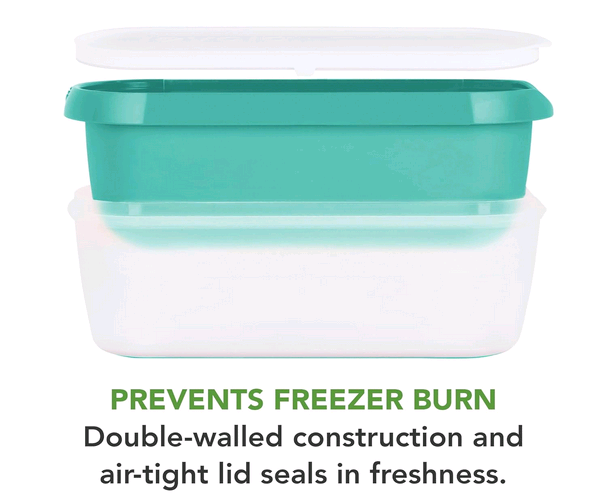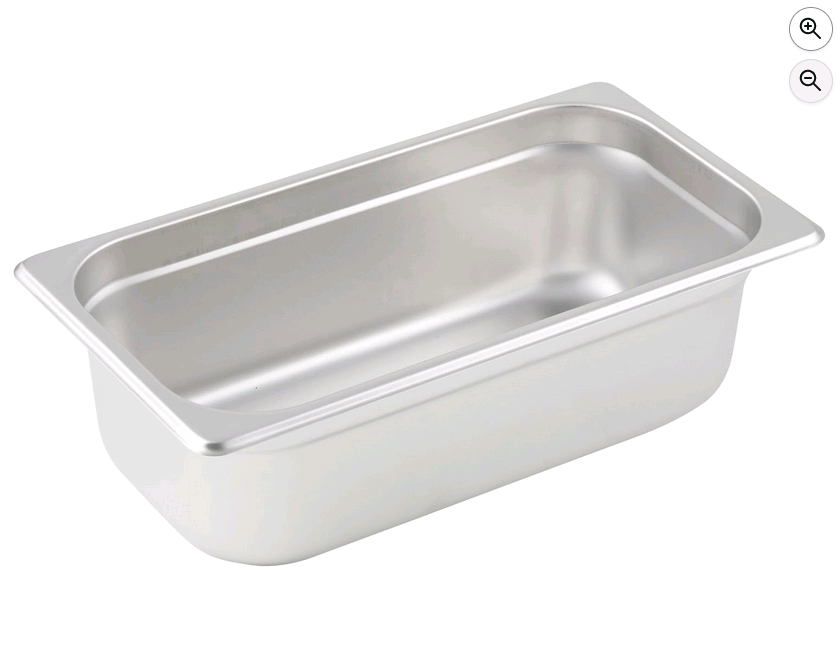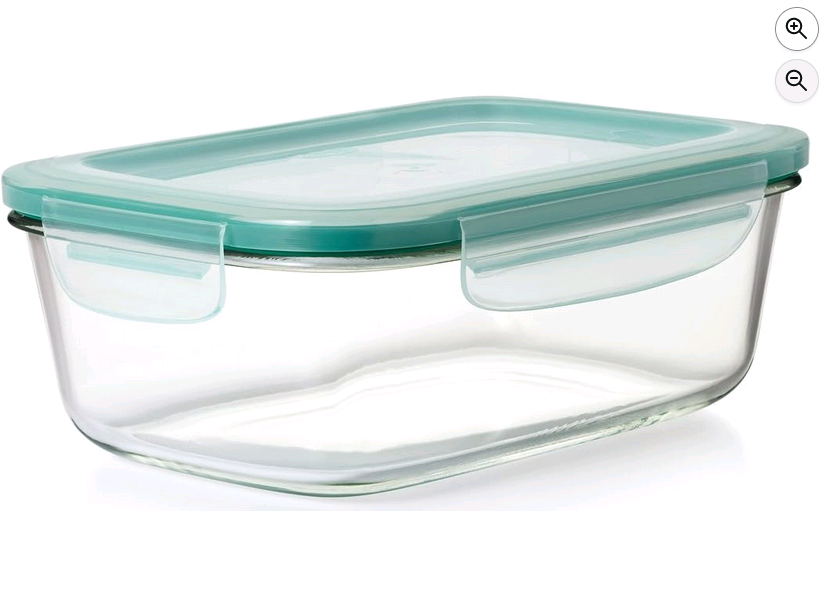Best Container for Storing Homemade Ice Cream 2025
Don’t Let Your Homemade Ice Cream Go to Waste: The Storage Guide
You’ve spent the time to create the perfect batch of homemade ice cream. It’s rich, creamy, and bursting with flavor. But when you come back for a scoop a week later, you’re met with a disappointing, icy mess. The texture is gone, and the flavor is bland. What happened?
The truth is, even the best homemade ice cream is only as good as its storage. Proper storage is the secret to keeping it at that perfect scoop, and it’s one step that most people get wrong. Based on expert advice and the collective wisdom of the ice cream community, here’s your guide to storing your frozen masterpiece perfectly.
Store Your Ice Cream Perfectly
A great container is the key to preventing freezer burn and keeping your homemade ice cream delicious. Find the perfect one below.

Tovolo Glide-a-Scoop
Designed for easy scooping and long-term storage, these containers have a long, narrow shape and a lid that locks out air to keep your ice cream fresh.

Winco SPJM-304 Stainless Steel Pan
The professional’s choice for rapid freezing and durability. This specific hotel pan quickly chills ice cream to create a smoother texture, ensuring quality for a lifetime.

OXO Good Grips Glass Container
An excellent option that won’t absorb flavors or odors. Its leakproof lid provides an airtight seal, keeping your ice cream free from any unwanted tastes and freezer burn.
The Enemy is Air: Why Your Ice Cream Becomes Icy
The main culprit of that gritty texture is air. Every time you open the container, air gets in and mixes with the ice cream. That air contains moisture, which forms tiny ice crystals. When you take more scoops and the container gets emptier, more air takes up the space, and more crystals form and your ice cream becomes hard and icy. This is what we know as “freezer burn.”
The initial rule of great ice cream storage is to minimize exposure to air throughout all phases.
Choosing the Right Container: A Closer Examination
Your initial defense is the container. Not all containers are created equal for the freezer.
- The Best Bet: Specialty Ice Cream Containers. There are some brands like Tovolo and Sumo that make containers specifically designed for ice cream. They are long and narrow for easy scooping and double-walled for insulation from temperature change. The best part? Their lids are airtight.
- The Practical Choice: Plastic Containers. A simple, airtight plastic container is a safe bet. Look for one with a snap-on lid that closes tightly. One tip is to select one that’s wide and shallow, as this will allow the ice cream to freeze faster, which also discourages the formation of large ice crystals.
- The Professional Look: Stainless Steel & Glass. Some pros swear by stainless steel “hotel pans” (gastro pans) for their efficiency. They perform cold well, which causes the ice cream to freeze faster. Although they do look great, glass bowls like Pyrex are also popular. Just know that their plastic lids can become brittle and shatter in the cold, so handle them with care.
The Cold, Hard Facts of Freezer Storage
Now that you have your container, where you put it and how you prepare it are equally significant.
- Fill to the Brim. As you are transferring your ice cream from the machine to the container, fill it to the brim. This reduces the volume of air. In case you are not able to fill it completely, one expert-level trick is to put a sheet of plastic wrap on the very surface of the ice cream before you put the lid on. This creates a barrier that will prevent ice crystals from forming.
- Location, Location, Location. Your freezer door is your enemy. Each time you open it, the temperature in the door fluctuates. Keep your ice cream way in the back of the freezer where the temperature is coldest and most consistent.
- Dial In the Temperature. Most freezers are pre-set to about 0°F (-18°C), which is the optimal temperature for long-term storage. Ensure that your freezer is pre-set to this or lower in order to maintain your ice cream at its optimum.
Your Scoop of Perfection Awaits
Making homemade ice cream is an art, but storing it is a science. By following some fundamental principles—minimizing exposure to air, choosing the right container, and storing it correctly—you can make each scoop as rich, creamy, and flavorful as the day you made it.
References:
- The Spruce Eats: Best Ways to Store Ice Cream
- Seasoned Advice: What Kind of Containers for Homemade Ice Cream?
- CALICLE: The Ultimate Guide to Storing Ice Cream at Home
FAQs
What kind of container is best for keeping homemade ice cream?
Airtight containers that are made for freezing are ideal. Those special ice cream containers (usually long and thin) are ideal, but shallow and wide plastic or stainless steel pans also suffice as they freeze the ice cream faster.
Why must an airtight container be used?
A freezer-safe, airtight container is necessary to prevent freezer burn. It keeps air out, which keeps ice crystals from forming on the surface and ruining the smooth, creamy texture of your ice cream.
What should an ice cream storage container be made of?
Plastic, stainless steel, and glass are usually recommended by most professionals as good choices. Plastic is durable and won’t shatter when it’s cold. Stainless steel is a great choice because it will accelerate the freezing of the ice cream. Glass is not porous and can’t soak up flavor, but lids do get brittle and break in the freezer.
How large of a container should I use?
The perfect container is one whose size will be ideal for your batch of ice cream. Fill the container as full as possible to maintain the level of air in the container at its lowest, for this is the biggest contributor to freezer burn. Store the ice cream in the back of your freezer, where the temperature is most consistent and lowest. Never store it in the door because the space will vary in temperature with each use of the door.
How long does homemade ice cream last in the freezer?
Homemade ice cream is best when eaten within one to two weeks. It can be stored for up to a month or two, but its texture and flavor will begin to decline over time.
What are some tips for avoiding freezer burn?
The best way to prevent freezer burn is to limit air exposure. Make sure your container has a tightly sealed lid, and for extra protection, press a sheet of plastic wrap directly onto the surface of the ice cream before closing the container.
How do I know if my ice cream is spoiled?
You’ll know your ice cream is spoiled if you see a great deal of ice crystals, if the texture is grainy and icy, or if it’s stale or “off” tasting. These are all signs that it should be discarded.
